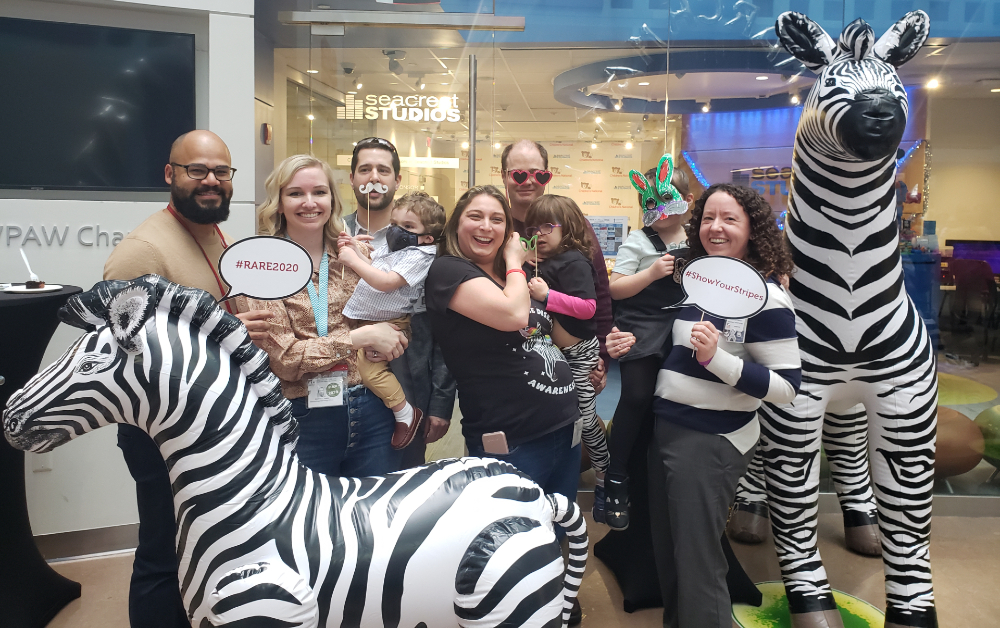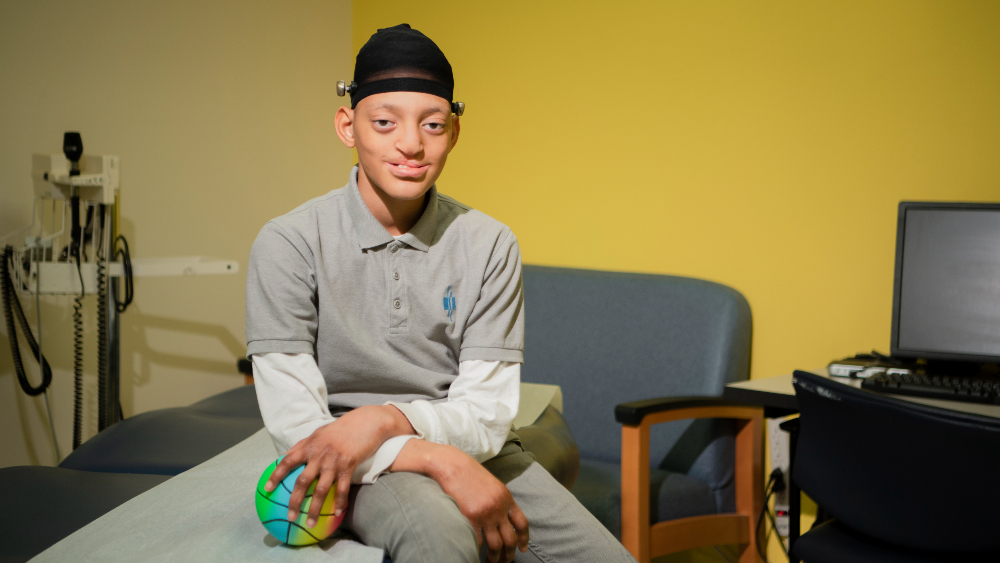Condition
Pediatric Saethre-Chotzen Syndrome
What You Need to Know
Saethre-Chotzen syndrome is a rare genetic (present at birth) condition in which certain sutures (joints) between skull bones grow together too early. This birth defect causes abnormal development in the head and face, which affect their shape.
Key Symptoms
Children with Saethre-Chotzen syndrome may have one or more of these symptoms:
- Misshapen head
- Bulging, wide-set, and possibly crossed eyes
- Drooping eyelids (ptosis)
- Uneven facial features
- Jaw deformities
- Cleft palate
- Partially fused or webbed, or unusually short fingers or toes
Diagnosis
After examining and measuring your baby's head your pediatrician may use the following diagnostic tools:
- X-rays
- Diagnostic imaging, especially CT scans
- Genetic testing
Treatment
Treatment options include:
- Surgery
- Orthodontic surgery
- Speech therapy

Schedule an Appointment
Our pediatric specialists provide personalized care for your child’s physical, mental and emotional health needs. Meet the providers who treat Saethre-Chotzen syndrome and schedule an appointment today.
Frequently Asked Questions
What is Saethre-Chotzen syndrome?
What causes Saethre-Chotzen syndrome?
What are the symptoms of Saethre-Chotzen syndrome?
How is Saethre-Chotzen syndrome diagnosed?
What treatments are available for Saethre-Chotzen syndrome?
Departments that Treat Saethre-Chotzen Syndrome

Rare Disease Institute - Genetics and Metabolism
Children's National Rare Disease Institute (CNRDI) is a first-of-its-kind center focused exclusively on advancing the care and treatment of children and adults with rare genetic diseases.

Help Kids and Make a Difference
Invest in future cures for some of life's most devastating diseases. Give today to help more children grow up stronger.








